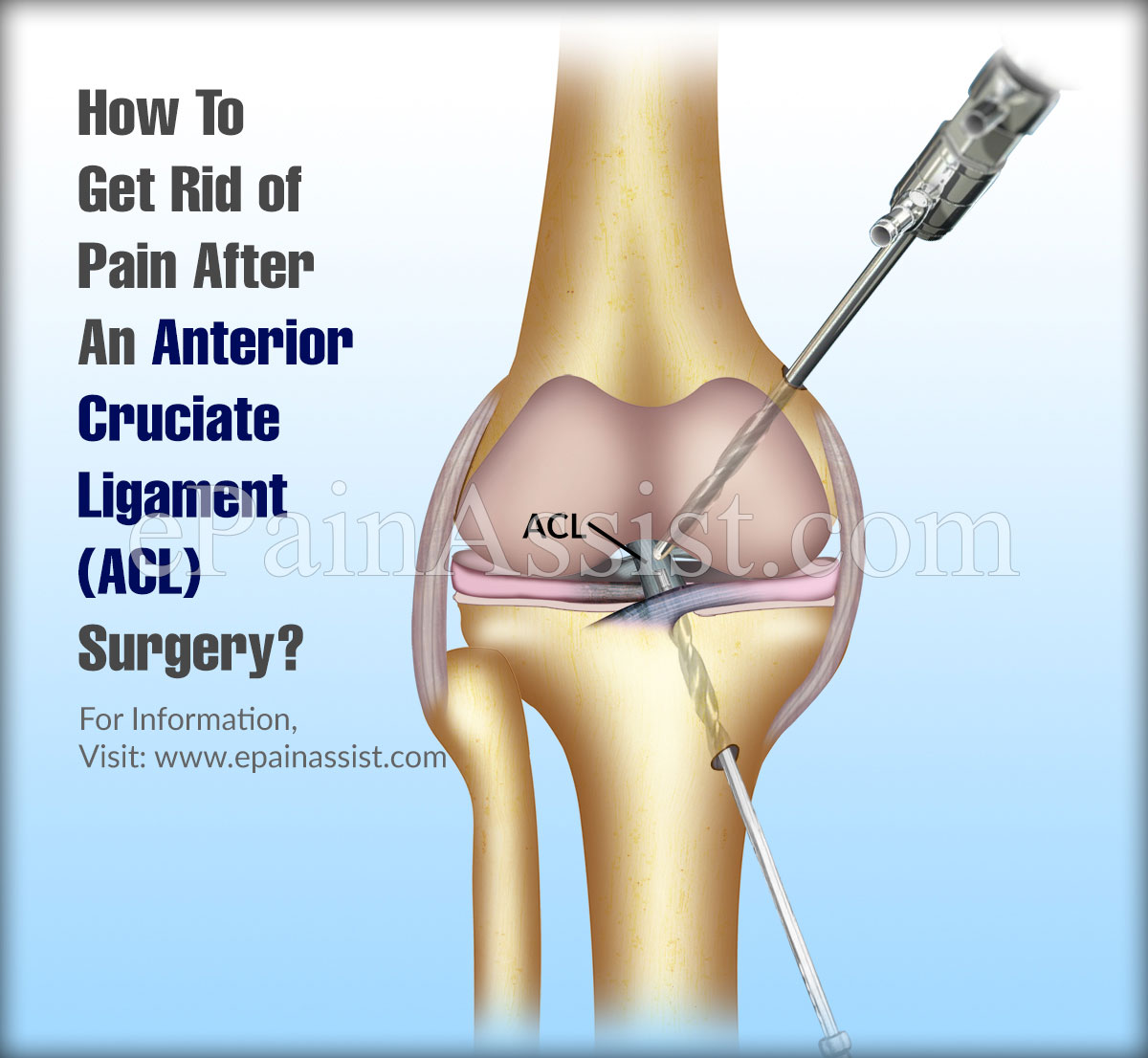What Is An Anterior Cruciate Ligament (ACL) And Why Is An Anterior Cruciate Ligament Surgery Done?
Anatomically, the knee joint is held together by two pairs of ligaments on each side of the knee called the collateral ligaments and two ligaments inside the knee which are known as posterior cruciate ligament or PCL and Anterior Cruciate Ligament (ACL).1 These ligaments hold the bones of the knee together and control movement of the knee.
The anterior cruciate ligament being in front of the knee bears the maximum force and thus more often than not gets strained or torn. This causes severe pain and inability to fluidly move the knee. Milder cases of ACL strains may be treated nonoperatively but in case of a major tear of the Anterior Cruciate Ligament (ACL), surgery is required. People who opt for surgical treatment of an ACL injury are those who are young, healthy, have no medical comorbidities, and want to return back to normal activities of daily living at the earliest possible time. Athletes and other sportsmen usually go under the knife for an Anterior Cruciate Ligament (ACL) injury.
The main aim of an Anterior Cruciate Ligament (ACL) surgery is to restore normal function of the knee and bring the knee back into its preinjury state. It also assures that the stability of the knee is restored and prevents it from any early degeneration due to an ACL injury. Anterior Cruciate Ligament (ACL) surgery is done only if the ACL is completely torn and the knee is extremely unstable. It is also done if all other conservative means of treating the ACL injury have been rendered ineffective. If you are very active and either your job requires you to be on the feet all the day or if you are an athlete and want to return back to sports as soon as possible. People who have chronic ACL deficiency also need to undergo an Anterior Cruciate Ligament Surgery.

How To Get Rid of Pain After An Anterior Cruciate Ligament (ACL) Surgery?
It is common to have severe pain immediately after an orthopedic surgical procedure, and pain after an Anterior Cruciate Ligament (ACL) Surgery is no exception. The patient will experience pain and swelling around the knee postsurgery. Fortunately, there are ways to get rid of Pain after Anterior Cruciate Ligament Surgery.
5 Ways to Get Rid of Pain After Anterior Cruciate Ligament (ACL) Surgery Include:
#1. RICE Protocol: This is the first and the most effective protocol followed post Anterior Cruciate Ligament Surgery. The patient is allowed to rest the knee, apply ice on the knee for 15-20 minutes two to three times a day to reduce swelling and pain. The patient can also wear a compression sleeve so that the fluid coming out after the surgery is decreased. RICE protocol is followed immediately postsurgery in order to get rid of Pain after Anterior Cruciate Ligament (ACL) Surgery.1
#2. Weight Bearing: Post ACL surgery, the patient will experience pain with weight bearing on the affected leg. Depending on the type of ACL surgery done on the patient, he or she will be advised to gently weight bear on the affected leg with the help of crutches. Putting some weight on the affected leg will prevent development of atrophy, will help maintain proper blood circulation, and keep the knee flexible. Once the pain reduces to a more tolerable level then the patient will be asked to be full weight bearing on the affected leg with the use of crutches which will help further get rid of the Pain after Anterior Cruciate Ligament (ACL) Surgery.
#3. Bracing: Post ACL surgery, in almost all the cases the patient will be provided knee brace to limit any undue motion of the affected knee during the recovery phase.2 This also helps reduce pain and can be worn even after recovery to prevent further injuries to the affected knee at least for some period of time, which might cause even more pain on the affected knee. Surgeons are of the opinion that bracing immediately after an ACL surgery not only improves pain to a significant degree but also reduces any strain to the graft postsurgery.
#4. Elevation: The surgeon also recommends to the patient to elevate the operated knee for some time especially when sleeping. This can be done by putting a couple of pillows under the leg or even by applying traction. This helps significantly in getting rid of Pain after Anterior Cruciate Ligament (ACL) Surgery.3
#5. Physical Therapy: Once the initial phase of recovery is over then the patient will be sent to physical therapy to regain the lost strength and motion as a result of the injury and prolonged immobilization. This will also help increase the speed of the healing post ACL surgery. The physical therapist will start with gentle exercises for the first few weeks and then gradually progress to strengthening and range of motion exercises. Initially, the patient might feel some pain when doing the exercises but gradually will get used to the exercise routine and eventually get rid of Pain after Anterior Cruciate Ligament (ACL) Surgery.
Additionally, the patient will be given pain medications or NSAIDs for a few days postsurgery to help get rid of Pain after Anterior Cruciate Ligament Surgery.
Also Read:
- What is an ACL Tear and What are its Signs and Symptoms?
- ACL Tear: Exercises, Yoga, Braces, Prognosis, Recovery, Prevention
- Treatment for ACL Tear: Surgery, Post Operative Rehab, Recovery
Also Watch:
